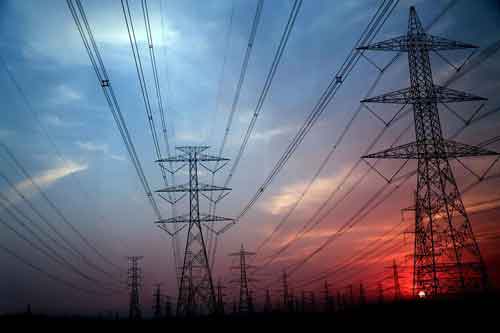Toronto Hydro Summer Challenge is back
By Canada News Wire
High Voltage Maintenance Training Online
Our customized live online or in‑person group training can be delivered to your staff at your location.

- Live Online
- 12 hours Instructor-led
- Group Training Available
According to a Leger Marketing survey, the overwhelming answer was 'yes' – 84 per cent of Torontonians would cut back. In response, Toronto Hydro is pleased to offer the 2009 Summer Challenge. If customers save 10 per cent on their summer electricity usage, they will receive a 10 per cent credit on their autumn electricity bill. This is on top of what they have already saved just by using less.
Customers need to register online before July 15 to be able to participate.
Residential customers that have been at their current address prior to July 1, 2008, are eligible to participate in the Summer Challenge. In order to receive the credit, they need to reduce electricity consumption between July 1 and August 31, compared to the same period last year. The data will be adjusted or normalized based on any weather differences between the summer of 2008 and 2009.
"Toronto Hydro was the first utility in Canada to introduce this popular program. We are thrilled to be repeat it again based on its previous success. I encourage all Torontonians to take advantage of this program and save energy and money," says David OÂ’Brien, President and CEO of Toronto Hydro Corporation.
Some of the facts on Summer Challenge:
• To register for the Summer Challenge go to: www.torontohydro.com/summerchallenge or www.countmeintoronto.ca.
• Eligible customers are residential customers and small commercial customers using less than 50 kW/month and at the same address since July 1, 2008.
• Toronto Hydro first launched the Summer Challenge in 2006 - the first of its kind in Canada.
• In 2006, more than 28 per cent (or 153,637) of eligible customers took the challenge and received the 10 per cent credit. Approximately 102,000 customers reduced their use between 10 and 25 per cent and 51,237 customers achieved a reduction of 25 per cent or more.
• In 2007, 30 per cent of eligible customers achieved the savings target for a reduction of 57.6 million kWh.
• Also in 2007, Toronto Hydro introduced the Summer Challenge for Businesses: 24 per cent of businesses achieved the target, resulting in an energy savings of 87.8 million kWh.
• Online poll was conducted using Leger Marketing's Web panel May 7 to May 14, 2009. A total of 1,077 interviews were conducted with Toronto-adults, aged 18 years or older.
• Margin of error is +/- 2.9 per cent, 19 times out of 20.











